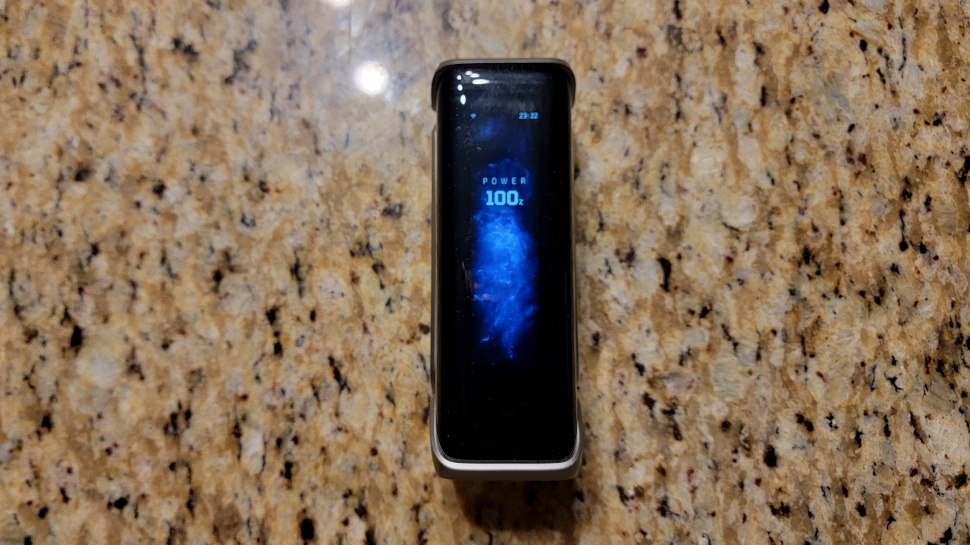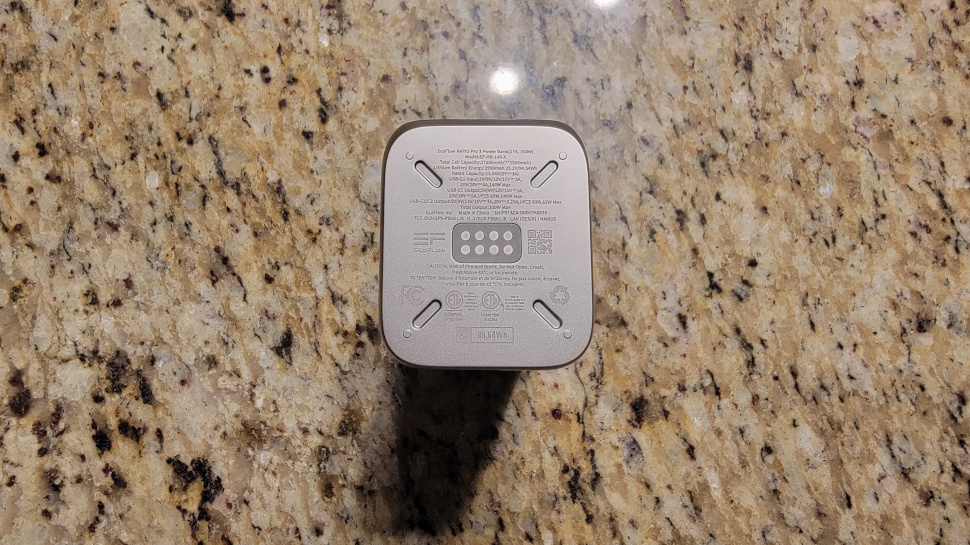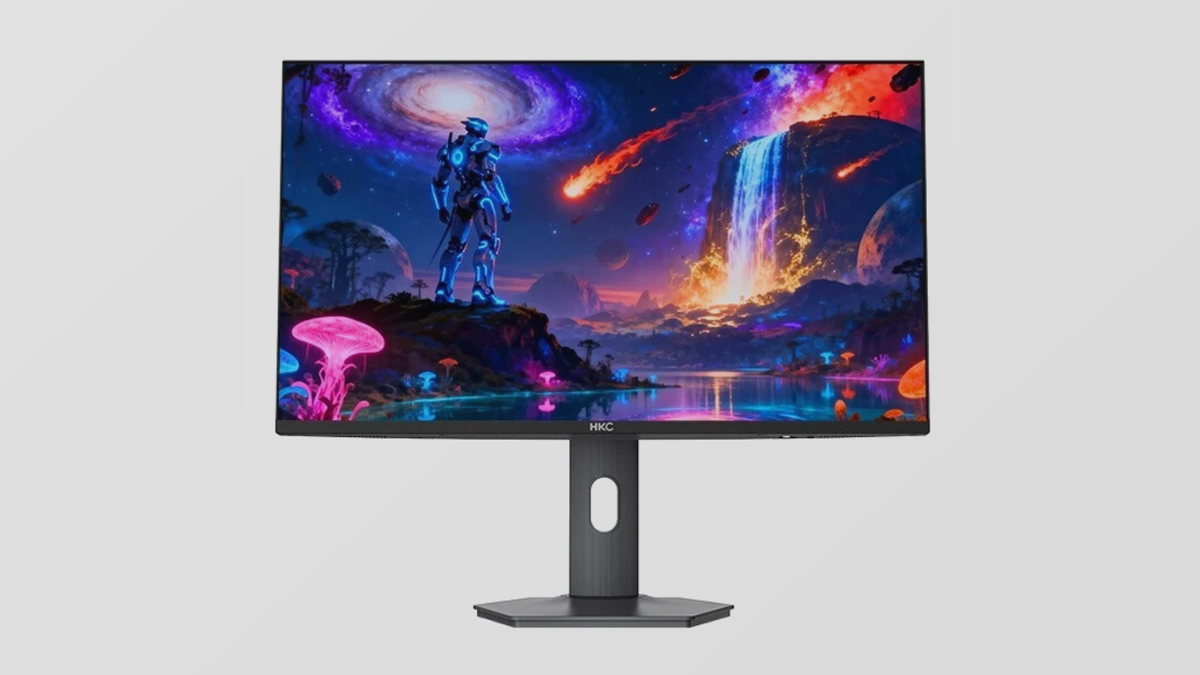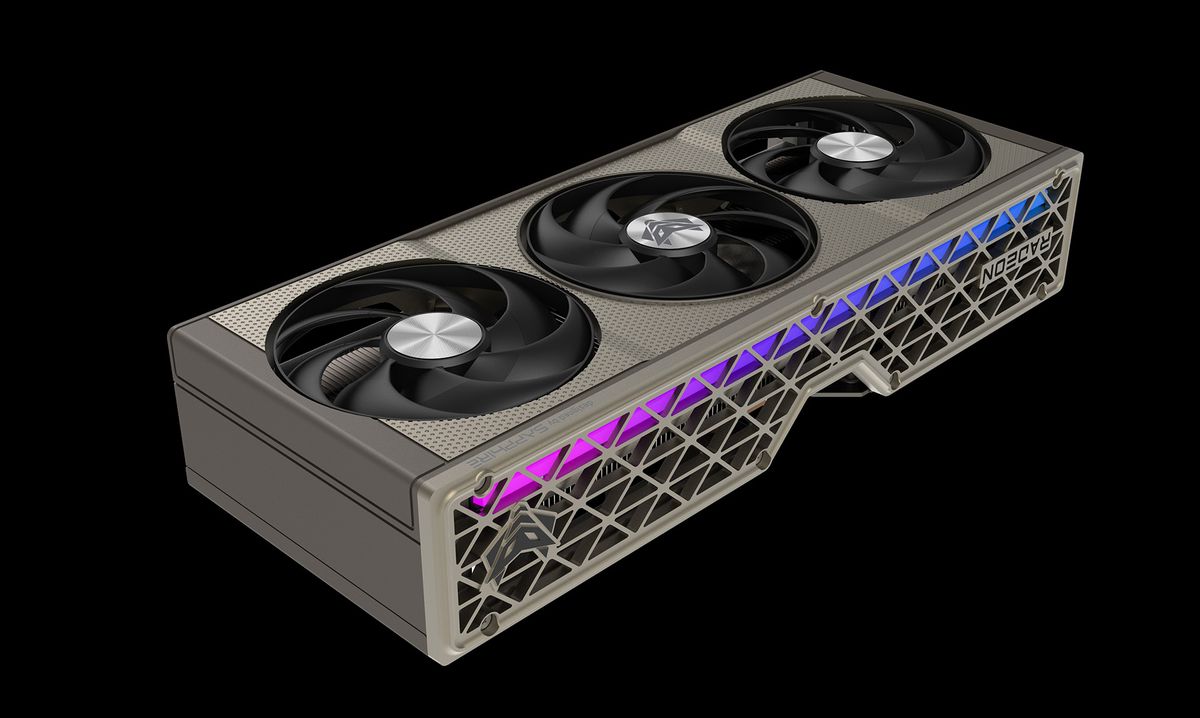The EcoFlow Rapid Pro X is a high-capacity, fast-charging power bank that oozes quality while being user-friendly.
EcoFlow Rapid Pro X - Specification
Battery capacity: 99.5Wh
Number of charge cycles: Over 300 before 20% drop
Number of USB sockets: 3 Type C
Number of power inputs: 2
Fastest charge time: 1 hour
Additional features: Bluetooth and Wi-Fi
Weight: 700g
The station can power only Type-C devices and delivers a combined 270W in a compact footprint, the size of a soda can. The Rapid Pro X supports the newer 140W Power-Distribution profile and fully charges in less than an hour to its 100Wh capacity. EcoFlow offers a desktop charger that adds five additional USB ports and fast charging, making it an ideal companion to the Pro X.
The Pro X alone will cost $299 and is currently discounted for $260. Accessories include the desktop 300W charger, which retails at $150, and a 140W GaN Rapid Pro AC adapter for $80.

EcoFlow Rapid Pro X: Design
The EcoFlow Pro X battery ships in a compact box, with only a charging cable and a user guide. The unit weighs 700g and measures 5.7cm x 8.4cm x 15.2cm, making it convenient to throw in a backpack. The plastic case with its rounded edges fits easily in the palm. Electrical connections are on the top and bottom, and the plastic shell can be replaced if the case is scratched or broken.
The front panel sports a large 5” color display with the menu accessible using three touch buttons on the right side. Two buttons control the up and down menu, while a third validates the selection. The unit vibrates when touched, and the backlight turns off after 60 minutes of inactivity.
The Pro X hosts three Type-C connectors on the top. The leftmost blue-keyed connector, known as C1, supports up to 140W of power for downstream devices. The remaining two connectors, C2 and C3, can each output 65W, and along with C1, make the Pro X a 270W unit.
The built-in 100Wh Lithium Polymer battery charges via either the high-powered C1 connector or the docking connector at the bottom. Type-C charging is convenient for on-the-go use and requires only a standard power adapter.
With an input power of up to 140W, the charging time is about 40 minutes. The faster method is through the docking station, which can transfer at up to 240W, resulting in a complete charge in under 30 minutes.

EcoFlow Rapid Pro X: In Use
The EcoFlow Pro X setup is straightforward thanks to a well-designed user interface. We recommend first charging the Pro X, then connecting it to the mobile app, available on both Apple and Android platforms.
A firmware update may be available and pushed to the device. The local clock auto-adjusts once connected to the app. The unit features a timer that can be set to time out in five-minute increments.
The rate at which the Pro X charges through its base station is not constant. The unit will first charge at full power, providing 240W through the bottom pins, but will gradually decrease to settle on 60W at around 40% battery charge. On the other hand, charging through the 140W GaN EcoFlow adapter provides a constant flow and is generally quicker.
The mobile app displays the current charging rate for the internal battery and the output power rate for each connected device. Since all outputs are always enabled, the Pro X will self-discharge over a couple of days, even when no device is connected.
This is likely due to having an active Wi-Fi connection. The unit will also dissipate heat on its own. We recommend turning it off through the menu when unused for an extended period.
In addition to not fully utilizing the 320W capacity when paired with the Rapid Pro desktop charger, the Pro X’s battery provides only 300 charge cycles before experiencing a 20% capacity drop.

EcoFlow Rapid Pro X: Competition
The EcoFlow Pro X's main competitor is the Anker Prime power bank, which has a similar form factor and power capacity.
The Pro X has a slightly higher output power capacity, at 300W, compared to the Prime's 250W. The three Type-C sockets are also more helpful than the two Type-C and one Type-A available in the Prime.

EcoFlow Rapid Pro X: Final Verdict
The EcoFlow Pro X is an excellent portable power source to quickly charge multiple Type-C devices. Its main selling points are a refined UI, a bright display, and WiFi connectivity.
The unit seamlessly integrates into the EcoFlow ecosystem, with the mobile app functioning smoothly. Thanks to the new 140W Type-C power profile, it will charge devices faster than a conventional adapter.
Its main drawbacks are an ability to self-discharge when left unconnected and a quick charge that settles to a lower input power over time.
We liked the ease of replacing part of the enclosure and the hassle-free docking when paired with the Rapid Pro desktop charger.
Get the Rapid Pro X if ... you already have other EcoFlow devices and need portable power.
Don’t get the Pro X if ... you are on a budget.








 English (US) ·
English (US) ·